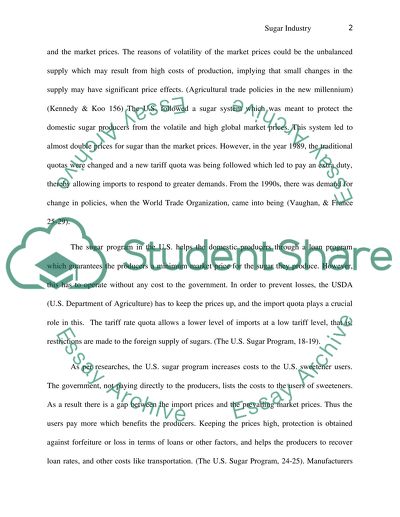Cite this document
(“Sugar Industry Research Paper Example | Topics and Well Written Essays - 1000 words”, n.d.)
Retrieved from https://studentshare.org/macro-microeconomics/1425798-sugar-industry
Retrieved from https://studentshare.org/macro-microeconomics/1425798-sugar-industry
(Sugar Industry Research Paper Example | Topics and Well Written Essays - 1000 Words)
https://studentshare.org/macro-microeconomics/1425798-sugar-industry.
https://studentshare.org/macro-microeconomics/1425798-sugar-industry.
“Sugar Industry Research Paper Example | Topics and Well Written Essays - 1000 Words”, n.d. https://studentshare.org/macro-microeconomics/1425798-sugar-industry.


